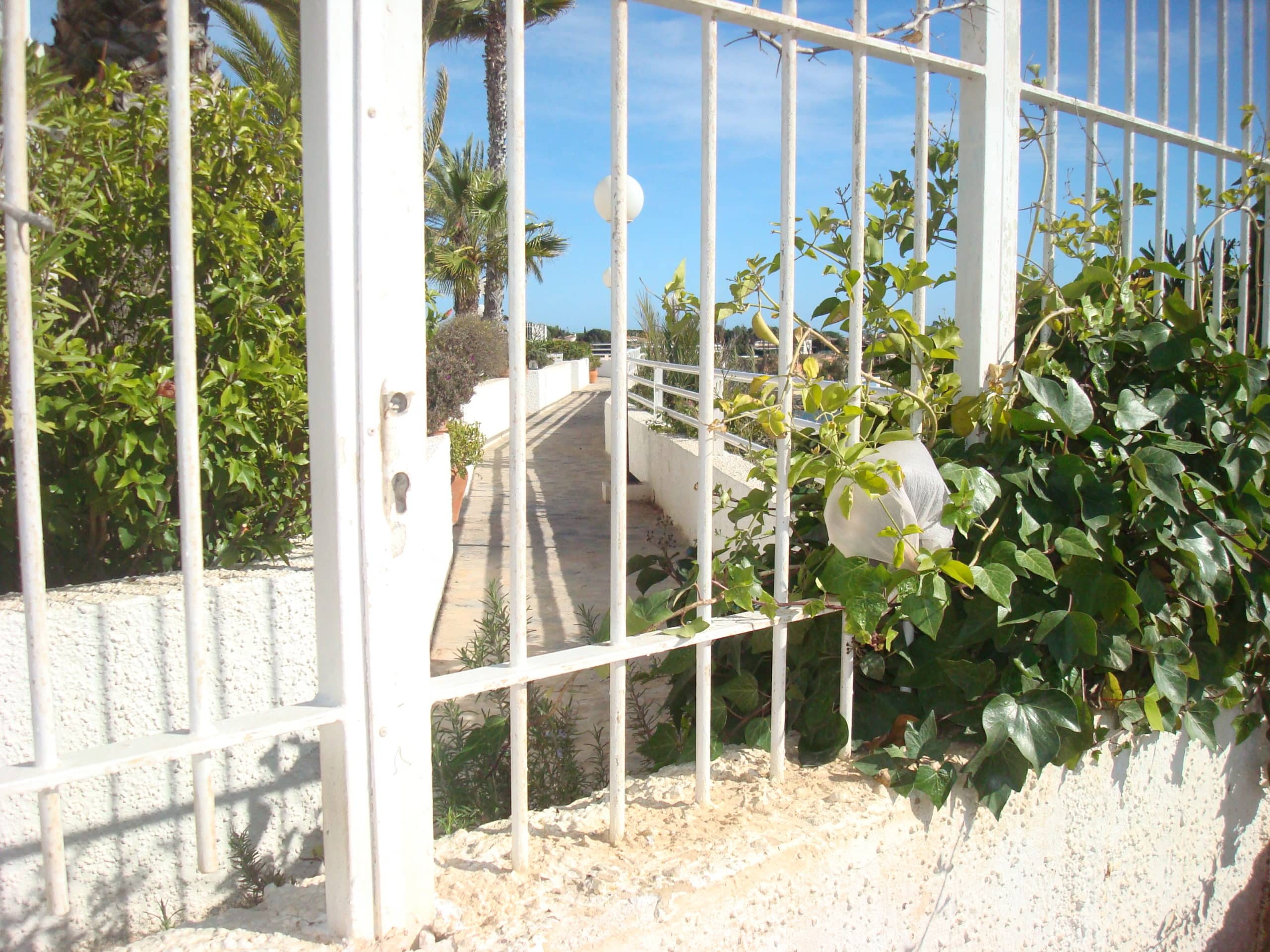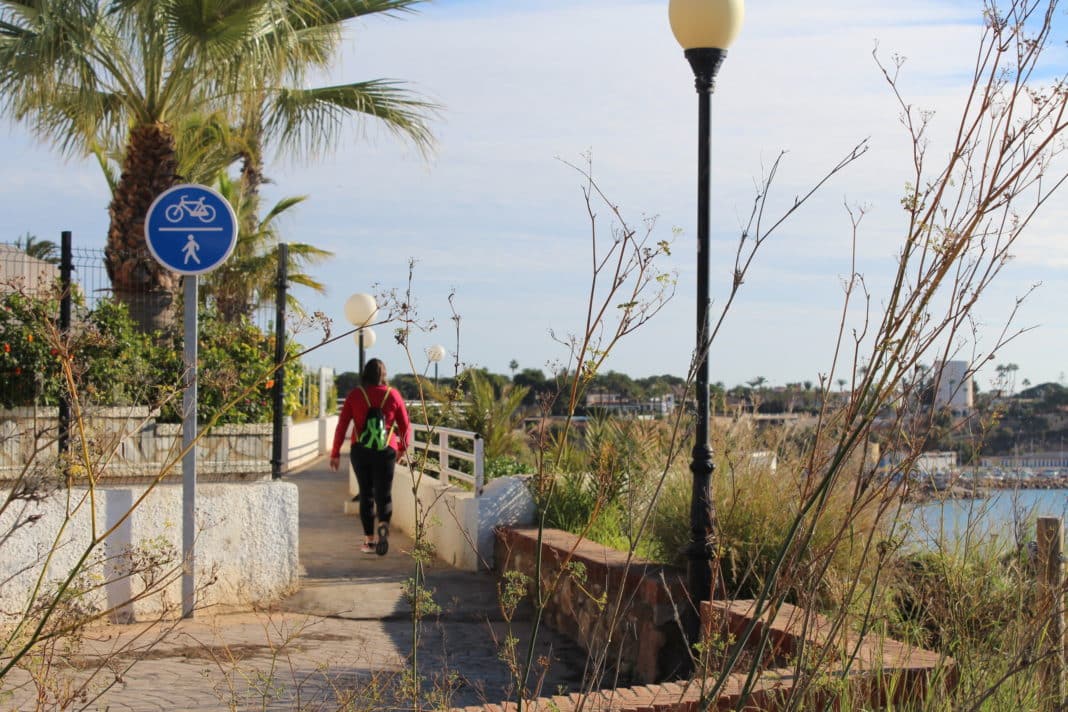In response to a question raised in plenary session by the Orihuela Costa en Acción Neighbors Association (AVOCA), the Councillor for Heritage, Rafael Almagro (PP) confirmed that the Council has exhausted the last judicial route against the residents of the Bella Vista residential complex in Cabo Roig, who demand that they be allowed to close the pedestrian path in front of their urbanisation.
The Supreme Court has rejected the municipal appeal against the decision of the Supreme Court and agrees with the residents, stating that the municipal demolition in 2015 of the wall that prevented a thoroughfare through this 60-meter section, directly along the seafront, was illegal.

Its closure, between Aguamarina and Cabo Roig, will require a two-kilometre detour for the many thousands of residents and holidaymakers who use the pedestrian walkway.
Almagro explained that an out-of-court settlement has been sought, but without success, stating that he believes that the sentence is unenforceable and that the land should be expropriated.
He confirmed that the council has held various meetings with representatives of the Bellavista I homeowners’ association, but it has not been possible to reach an agreement.
Almagro added that the creation of a budget will be taken to the municipal plenary session, as well as the request to initiate the expropriation procedure, the conclusion of which the councillor believes will be favourable. He said that this process will be taking place in the coming months.
He attacked the former councillor for Urban Planning, Antonio Zapata, who in 2015 ordered the demolition of the fence and the wall that the Bella Vista residents erected in 2013, when he should have initiated the expropriation at that time.
At the origin of this conflict, is the fact that the urbanisation was approved, perched on the cliff edge, before the Coastal Law was approved in 1990, which provided that the first line should be a public right of way.
As such the residents closed the whole stretch of the coastal walkway by erecting a barrier on a 50-metre-long piece of land that they owned, but which provided continuity to the promenade’s public use along the entire coastline.






Yet another OC mess-up!